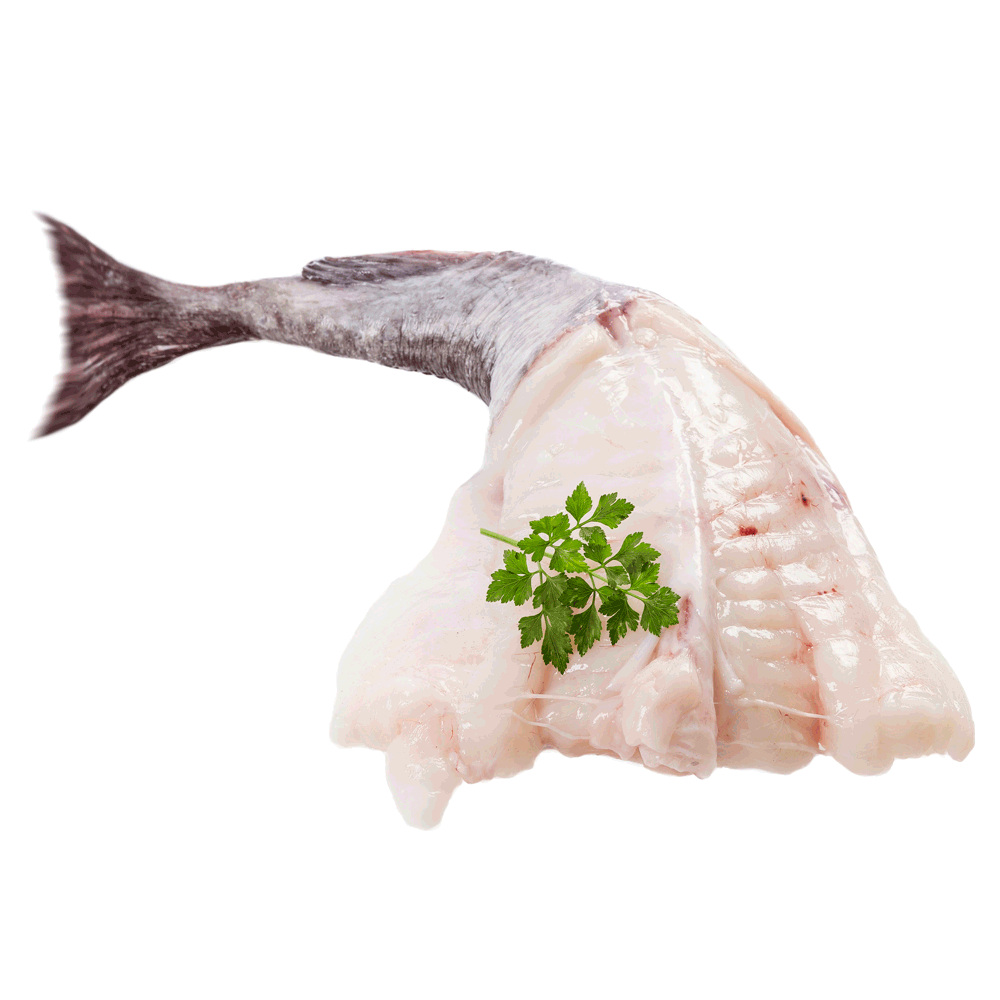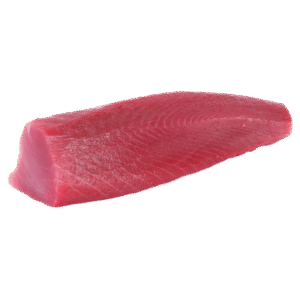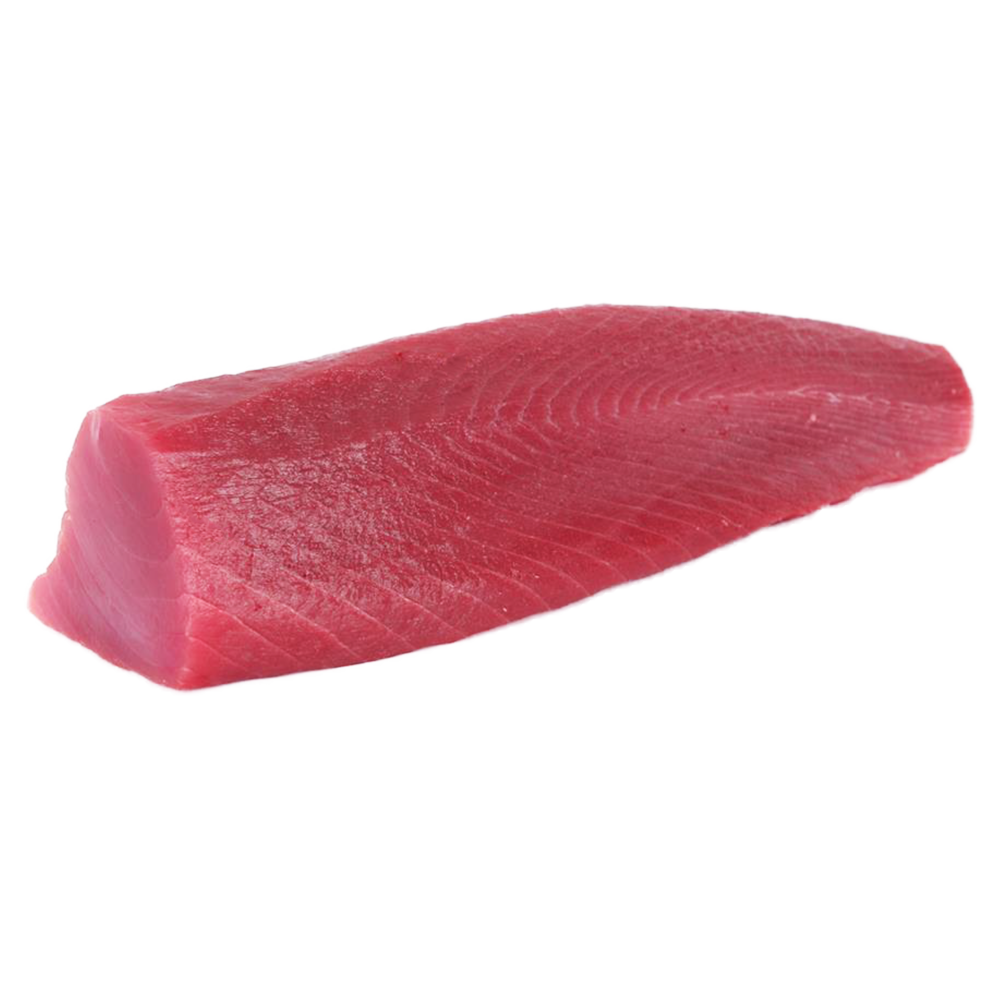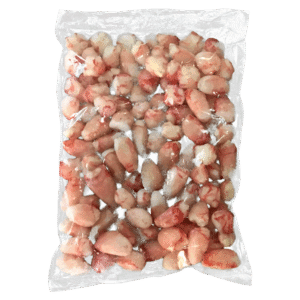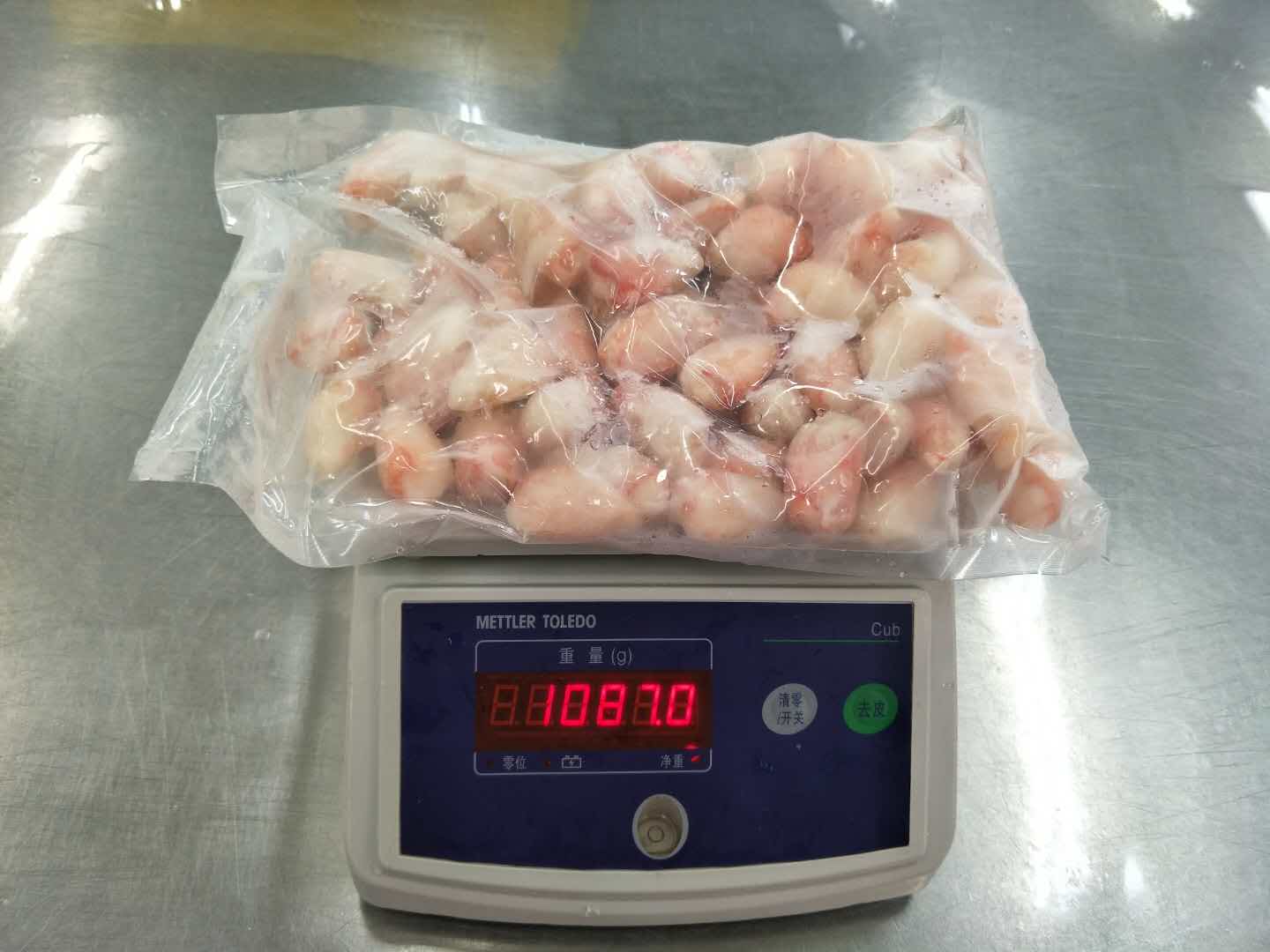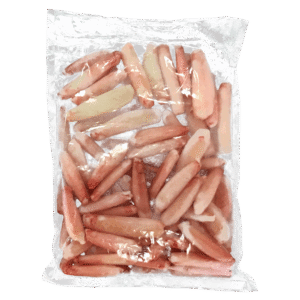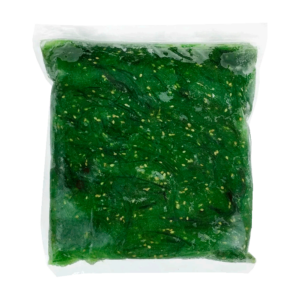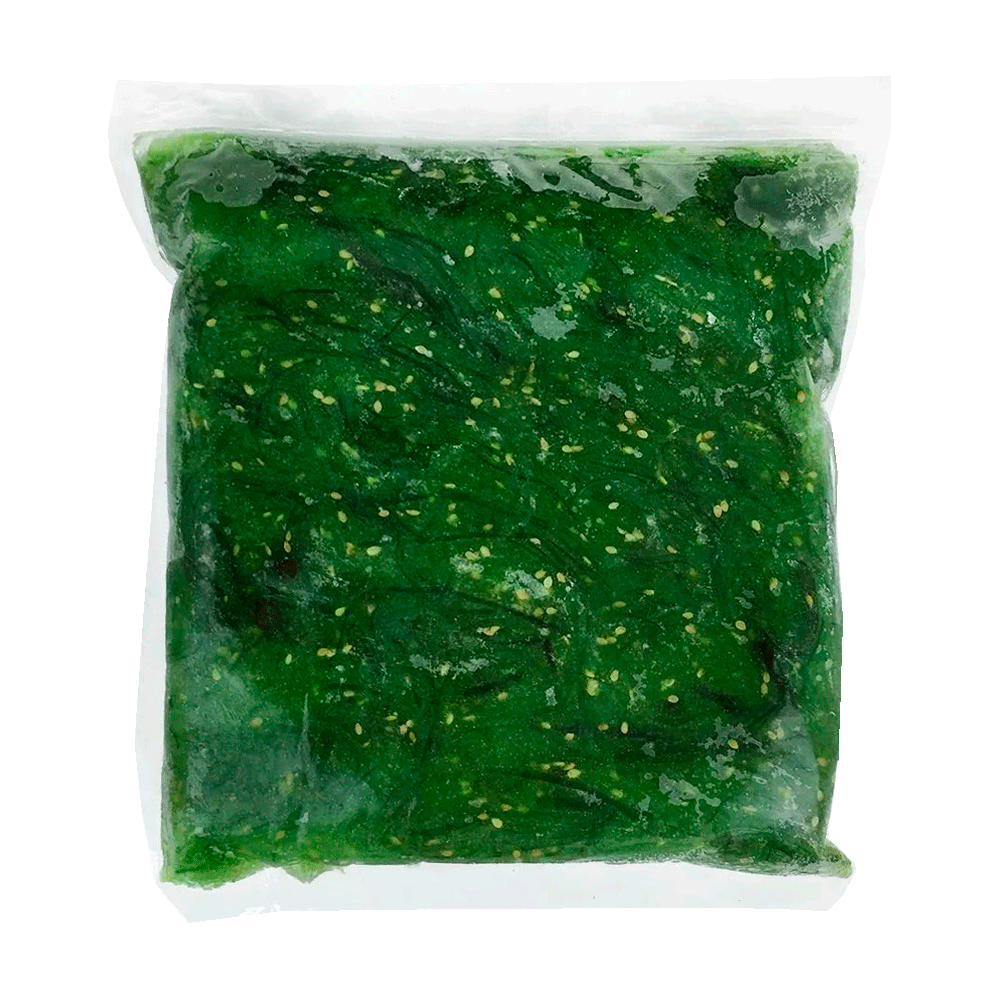Description
Monkfish: Features and Uses in Cooking
Monkfish is a type of fish with a dense and meaty texture. It is often called the “poor man’s lobster” due to its similar taste and texture to a real lobster. This fish also has other names: munkfish, goosefish, stargazer, lotte, sea devil and frog fish.
Why is monkfish popular with chefs?
Due to its ability to absorb flavors and dense texture, monkfish is often used to prepare a variety of dishes: stews, bisques, lobster rolls and more. High-quality monkfish is prized by chefs for its versatility.
Rich in protein and low in fat, monkfish is considered healthy in Japan, but the exquisite delicacy is the specially flavored liver of this fish, the so-called “foie gras of the sea”. Everything about monkfish is edible except the bones. Each part is first boiled, carefully removing the fat, and then cooked in a dashi broth. The collagen contained in the gelatin produced from the skin of this fish has a rejuvenating effect on the skin.
How to cook monkfish?
Monkfish is great for cooking:
- poached;
- stewed;
- grilled;
- baked;
- fried in a pan with butter and herbs;
- in soups.
Characteristics of monkfish
- Dense but tender texture that is suitable for a variety of dishes.
- Soft and pleasant taste.
- Lophius Litulon is the scientific name of the species.
- An excellent substitute for lobster.
Tips for Cooking Frozen Monkfish
For best flavor, use frozen monkfish within 1-2 days of thawing.

